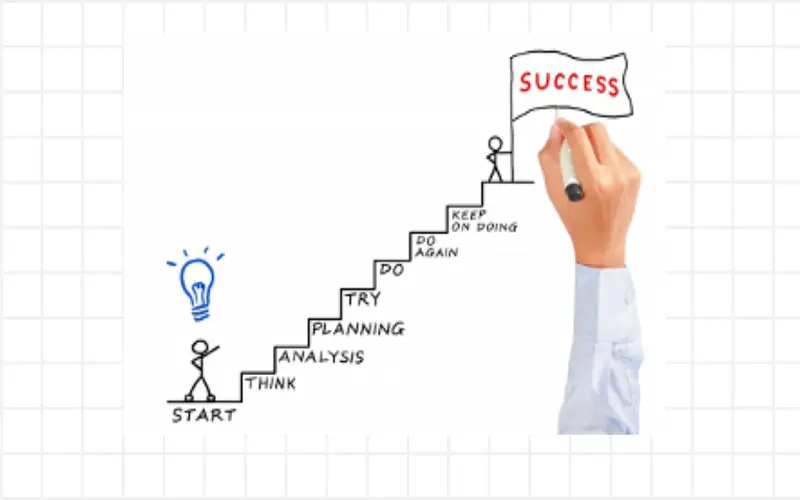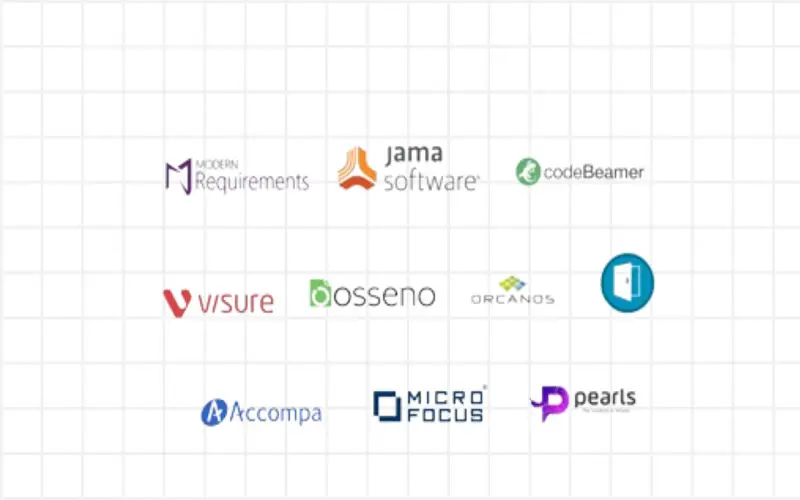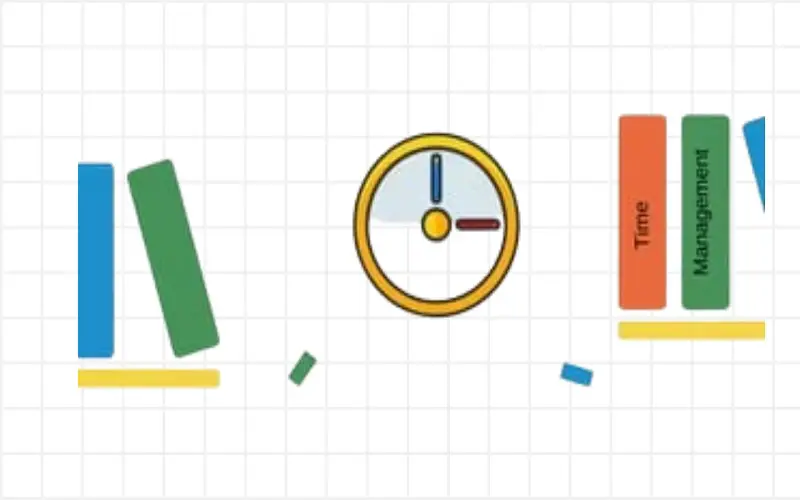
There’s a belief that unfulfilled requirements can lead to project failure in the end. Requirement analysis helps in solving the issue. It’s a process by which the needs and expectations of a new product are determined. The process involves continuous interactions with the stakeholders and end users to identify their expectations, resolve issues, and document all the essential requirements. Requirement analysis helps stakeholders, project managers, and software developers to have a mutual understanding of goals to achieve. The requirement analysis is performed during the initial stages of the project to confirm that the final product meets all the requirements.
Requirement analysis helps in creation of customized software. It helps in enhancing the mutual co-operation and understanding between developers and stakeholders. In requirement analysis process, AI and cloud tools are utilized to achieve project goals. Project delays, overrunning costs, and unfinished products affects many software development projects.
Requirement analysis enables developers to gain a direction toward achieving a clear and in-depth understanding of the project requirements. It ensures efficient utilization of valuable resources, time, and money. It helps in clarifying the misconceptions associated with the project failure. If stakeholders, developers, and project managers have the required information with them, they will make informed decisions throughout the product lifecycle. A practical requirement analysis ensures that your software adapts to the evolving technological requirements in the future.
In this article, we would like to recommend you the top 10 tips for conducting requirement analysis.
Before beginning with the requirement analysis, it is essential to assess the desired outcome to achieve. Businesses must identify and determine the scope of work and the effort needed to complete it. Project managers and developers should coordinate and reach a common understanding of the final goals to achieve. You can also use roadmaps to illustrate the goals to achieve and ensure that each step aligns with the set goals.

Brainstorming is an amazing technique applied during the initial stages of a project development. Using brainstorming techniques, the project teams can collect and gather multiple ideas from different groups of people to identify potential tasks and opportunities. Brainstorming sessions are practical in group settings. It will motivate people to collaborate and build upon each other’s insight.

Documenting all the critical points during the stakeholder interviews is a crucial step in requirement analysis. It enables users to collect and track the requirements easily. Documenting all the requirements helps in planning and managing the projects efficiently. Businesses can use templates to document their requirements. The templates define client needs and ensures all the stakeholders mutually agree to the outcomes.

A project might have hidden stakeholders. Companies can ask different questions in the initial meeting to identify the actual users and stakeholders. Their consent is necessary for building a successful project. Organizations should consult users before designing the final product or else they will find it challenging to use the product, resulting in project failure. Their first-hand experiences and valuable knowledge help in developing solutions that can address real-world challenges effectively.

Businesses can utilize advanced tools for a practical requirement analysis. Planning and visualization tools help establish clear roadmap for your product. The tools can determine potential user behavior, highlight prevailing trends, and offer suggestions for product improvement. It helps to establish links between requirements and analyze the impact of modifications. Google Docs, Excel sheets, and Power Point are some tools utilized for requirement analysis.

Identification of project scope is very essential for conducting a practical requirement analysis. Scope defines the problem you are trying to resolve. It includes a project’s time frame, budget, persons involved, etc. Check if your project size is small-scale or large-scale. If you are working on smaller projects, you might not require much research on the requirements, but if you are working on large-scale projects, you have to do heavy research before beginning the project.

It is crucial to define the time frame for which you will collect the requirements. You have to decide if you are conducting the analysis for short time or for more extended time. If you are planning requirement analysis for a short time, focus on collecting information now rather than later. In case if you are planning for extended time, thorough research and investment is required for gathering essential information. The final decision should align with your project goals and requirements.

Businesses can employ a prioritization system to identify the must-haves. It will help in easy identification of vital features and less prominent features that can be updated later. Assigning priorities help in differentiating the critical and not-so critical features. The concept of minimum viable product helps organizations to focus their attention on essential features and expand it gradually. The process helps in ensuring that the key aspects are prioritized first in the software development process.

Prototyping enables stakeholders to interact with your product’s preliminary version. It is a beneficial technique in requirement analysis. The method helps you to create prototypes based on initial results from brainstorming and group interviews and demonstrate the early version of the final product to the client. The client will provide further requirements for project advancement. Feedback from prototyping offers you better insight into refining the final product.

Adopting a validation and verification approach is a very crucial step in requirement analysis. Businesses can validate that their requirements align with the stakeholder’s expectations. They should also verify their requirements with the project goals. Validation helps ensure requirements meet stakeholder’s demands while verification ensures that requirements matches the project goals and objectives. It will help eliminate the chances of misunderstandings and foster confidence in the development process.

LATEST ARTICLES
LATEST PHOTOS
LATEST MOVIE REVIEWS
LATEST NEWS